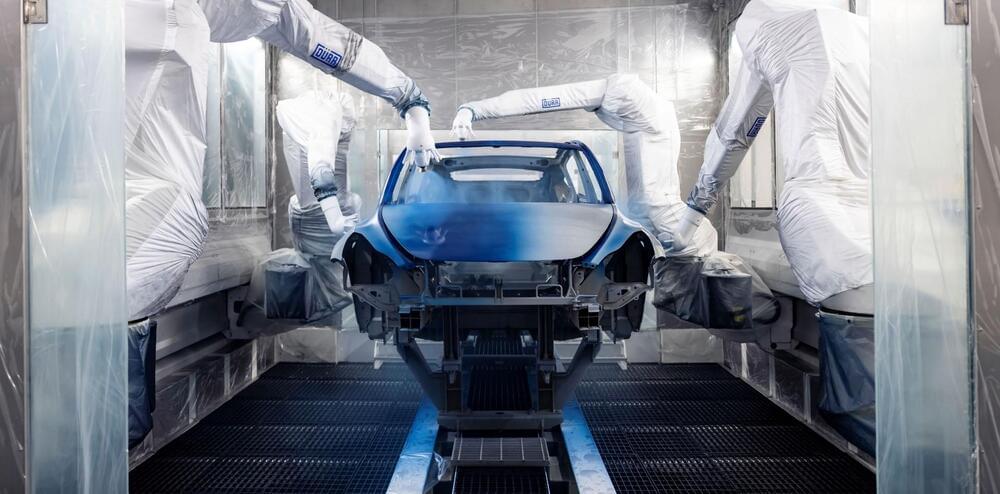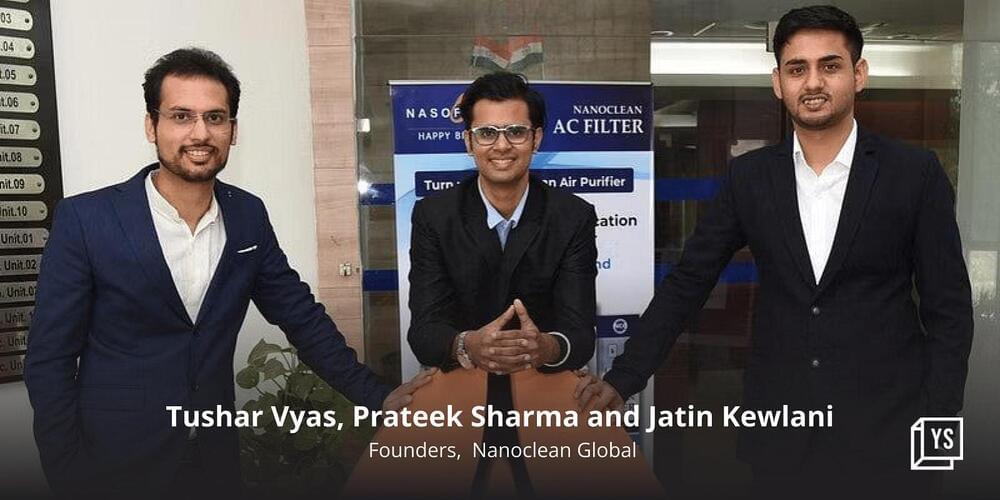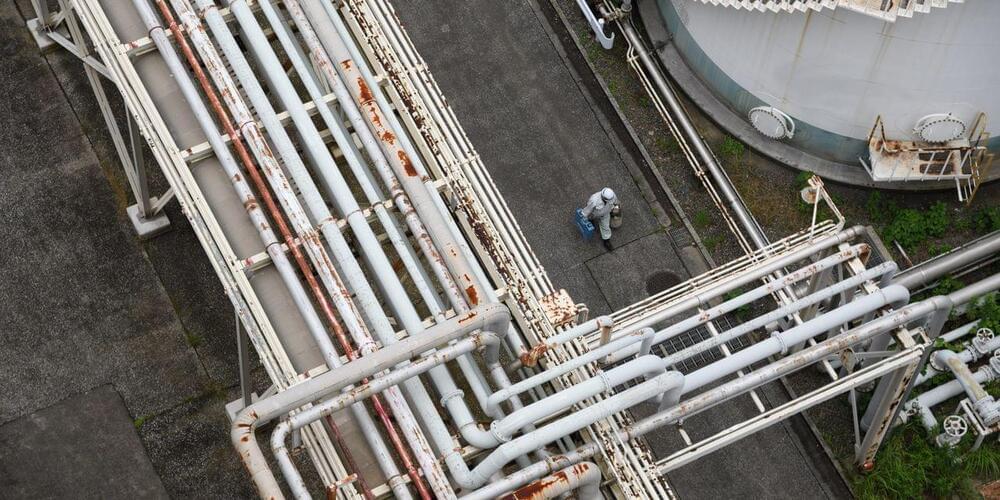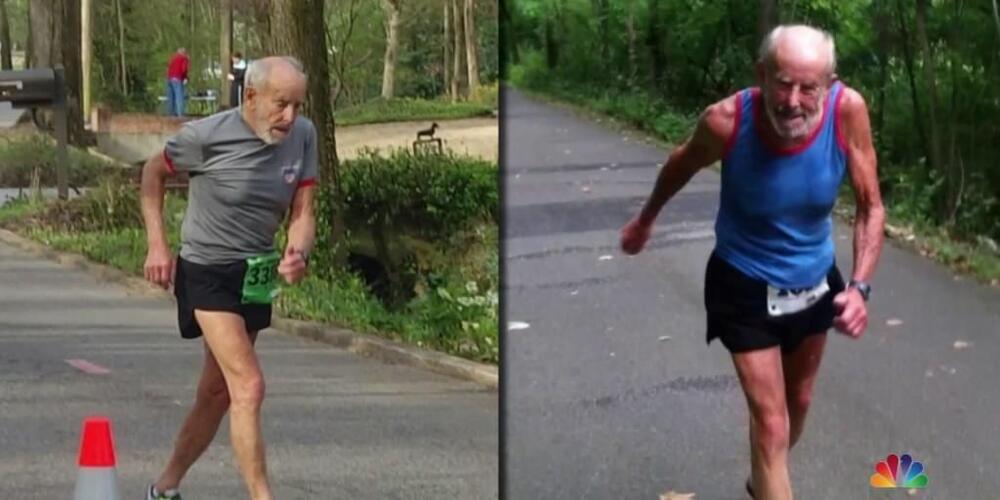The ultimate purpose of the group will be to recommend a roadmap for potential UAP data analysis.
NASA has put together an independent study team on unidentified aerial phenomena (UAP) that will begin its research on Monday, October 24, according to a statement by the Space Agency published on Friday. The assignment will run for nine months and will lay the groundwork for future study on the nature of UAPs.
Recommending a road map.
The ultimate purpose of the group will be to recommend a roadmap for potential UAP data analysis by the agency going forward and will focus solely on unclassified data. Once the research has been completed, a full report will be released to the public in mid-2023.
Bestdesigns/iStock.




